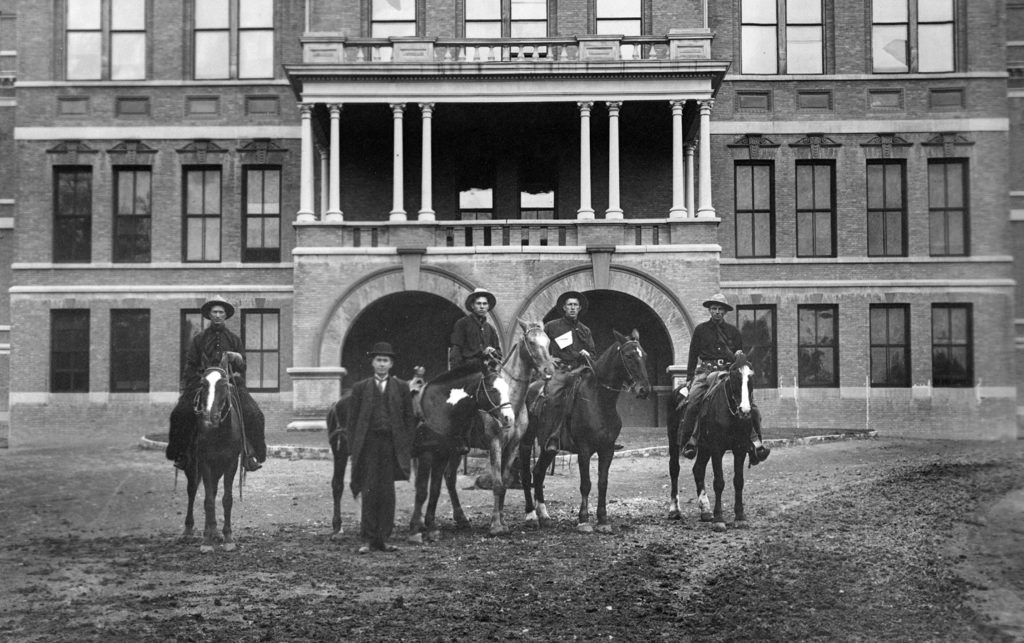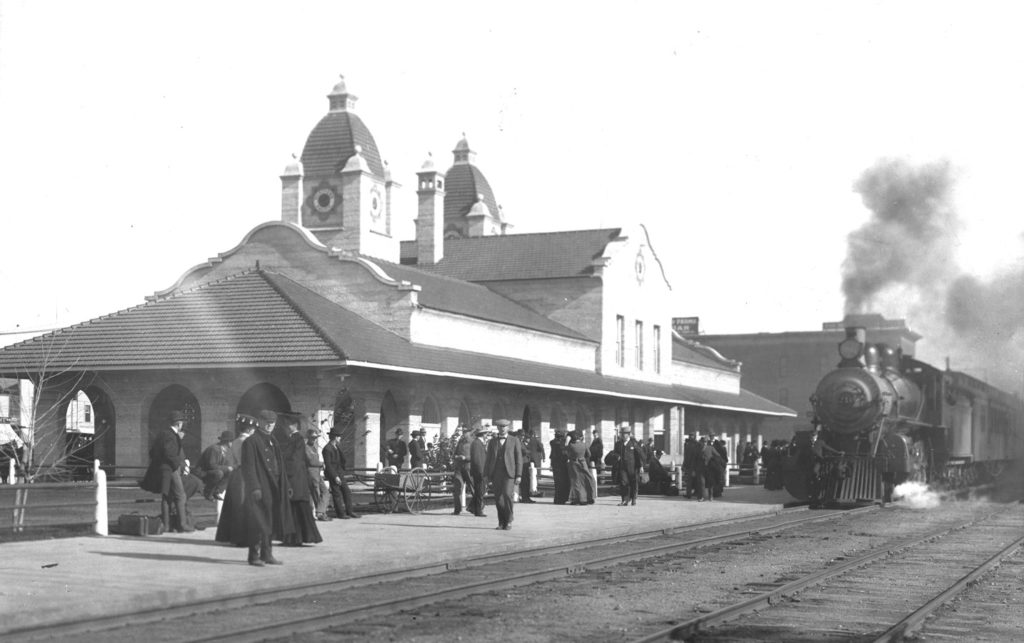
The credit system of the United States and the northern plains was not structured to meet the needs of North Dakota farmers in 1915. National banks could not lend money on farm mortgages. State banks could make farm loans, but they were under-capitalized, often dependent on money from out of state.
Farmers were heavily dependent on store credit—buy food and hardware on credit now, pay for it after harvest—and insurance companies. Farmers needed money to purchase equipment, buy seed and livestock, and pay for such necessities of life as they could not produce for themselves on their farms. Commercial interest rates in the state were high—significantly higher than national averages. Local bankers were sometimes hostile or indifferent. Even those who were sympathetic found it nearly impossible to provide farmers loans at a price they could afford.
The credit situation in North Dakota was not merely a strain on family farmers. In thousands of cases, it made it impossible for the farmer to get in or harvest a crop.
Something had to change.

There were only three options: Persuade commercial bankers to be more helpful and understanding; create some sort of rural credit banks that would lend money to farmers at cost or at below-market rates (a sort of credit union approach); or create a central state bank for North Dakota that would make loans directly to farmers or at least induce local commercial banks to assume a more helpful policy in dealing with the cash-starved farms of North Dakota.
In addition to the banking challenges, the railroads were charging higher rates to transport grain within the state than to transport more miles to elevators in Minneapolis and Chicago. Elevators charged unfairly high prices to store the grain of North Dakota farmers, creating a perfect storm for dissatisfaction and frustration among farmers.

